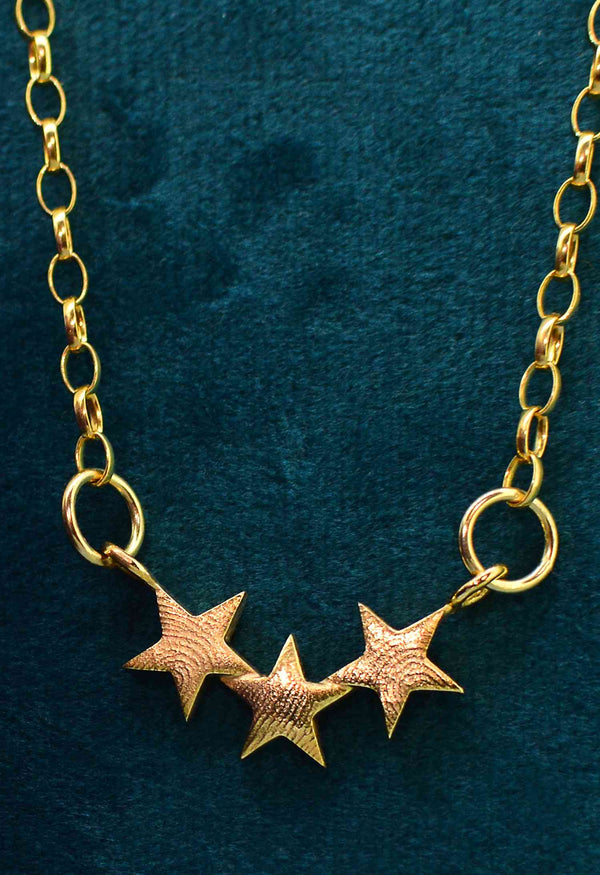Your Cart is Empty
~ Waiting List in Operation ~ Please Ask Before Ordering ~
~ Personalised jewellery to treasure forever ~
~ Waiting List in Operation ~ Please Ask Before Ordering ~
~ Personalised jewellery to treasure forever ~

Pop in it in the Memory Jar - How to make your very own memory jar
February 05, 2019 6 min read
Have you ever heard of a memory jar?
We only started our own memory jar a couple of years ago, but it’s worked so well that I don’t see us stopping it any time soon.
It all started when our little village school started sending home Proud Clouds in the children’s book bags. Simply put, a Proud Cloud is a template of a cloud with a few lines inside for you to write down anything and everything your child has achieved.
Inspired!!
We thought we’d continue this idea at home, but we didn’t just note down achievements, we started to keep a note of all sorts of special moments and goings on.
And we kept them in a jar…………………
A memory jar is a little bit like a journal, but much easier to keep, with no pressure to make it look pretty or perfect.
It’s a simple, large jar with a lid that you keep somewhere accessible. You then add memories and moments to it, as they happen (or whenever you remember) throughout the year.
It’s something everyone can join in with, so it’s a family, rather than a strictly grown-ups only activity.
I’m a huge fan of bullet journals, scrapbooks and albums, but keeping a memory jar has been, by far, the easiest way I’ve found to record day-to-day family memories. The kinds of things that are so easily forgotten and lost.
Memories of the funny little things that people say; the first time the baby says "I Love You"; the ‘Well Done’ stickers and random things that come home from school (that you don’t necessarily want to keep), or memories of fun days out.
Keeping a memory jar was one of my absolute favourite things to do last year. I started mine off on the 1st of January and carried it on for the whole year, but I know plenty of people who start there’s off in September, so the jar runs alongside the school year instead.
So What Do You Need?
- One large jar with a lid. About 2 litres should do it. The lid isn’t essential, but you will find it keeps the contents clean and dust free.
I have a big clip-top Kilner Jar, just because it looks rather nice perched on the kitchen windowsill, but anything will do, even an empty ice cream tub. I’m guessing glass wouldn’t be everyone’s first choice, particularly if children will be adding to it regularly.
- A small stack of Note Cards. I like to use record cards, as they come with lines already printed on and there’s plenty of space to write, but you can use post-it notes or even scraps of paper of you like. Standard record cards measure 5” x 3” (127mm x 76mm), but there are bigger and smaller ones available if you look around.
- A pen! If you want all your notecards to look similar, it’s a good idea to write them all out using the same pen. I’ve tied a string around the top of my jar and use a pen with a lid that can be hooked onto the string.
- A scrapbook or journal – OPTIONAL ONLY.
At the end of last year, I decided that I definitely didn’t want to throw all out precious little notes away, but at the same time, I didn’t really want to fill my attic with 20 years-worth of memory jars.
So at the end of the year, I decided to put all the notes in date order and carefully stick them into a much-easier to store scrap book. It also makes an entire year of memories much easier to flick through.
And What Do You Do?
Place you jar somewhere easy to reach and see. If you tuck it away inside a cupboard, you’ll never remember to add to it.
Every time something happens that you want to remember, write it on a note card and add it to the jar.
Your note can be absolutely anything. A reminder about somewhere you went; something you watched; something that happened at school or work; even just something that made you all laugh.
Try to write a name and a date on the card if you can. It’s lovely to hear about moments from different people’s point of view and to pin point when in the year the memory happened.
Then, at the end of the year, open the jar and read all the note cards together.
Afterwards, you can either pop them back in the jar for safe keeping or add them to an album to display your memories of a whole year spent together.
Your memory jar is a fantastic permanent reminder of all the moments shared and helps you to appreciate the little things.
So what sort of things should you Add?
The beauty of making your own memory jar using blank note cards, is that it’s completely personal. You can add whatever memories you like. Whatever moments mattered to you, but here’s a few ideas to get you started:
- Special days out. This could be anything from going for a meal out, to going for a walk together, to going to Alton Towers or the beach whilst on holiday. It doesn’t have to big or expensive. It’s amazing what children remember the most. A trip to the local park with a picnic and not a worry in the world. Records the days that matter.
- Seasonal Events. These might sound obvious, but birthdays and other occasions like Christmas Day and Easter Sunday are a great opportunity to record a few memories.
It’s fascinating to see how children remember these special times and then compare what they write each year. Seeing how their views change as they grow.
- Special Events. School plays, sports days, summer fete’s, charity fun days, fireworks, village fayres. I’m guessing this list could go on forever.
- Movie Nights. Grab a bucket of popcorn and a few snacks, then take it in turns and let everyone choose a movie they like. If you don’t get a lot of time to spend together, movie nights can be a lovely solution.
-
Family dinners. We try out absolute hardest to sit down and eat as many meals together as we can, but life being what it is, it doesn’t happen nearly as often as we’d like. Family dinners have become something of a special occasion with everyone being involved in the picking, the preparation, the cooking and of course the eating.
- Things that make you laugh. Silly dances around the coffee table, silly made-up songs. Actual jokes, or most of the time, just funny misunderstandings. Really anything that made you smile.
-
These tend to come thick and fast with children. Everything from first haircuts and lost teeth, to first boyfriends (or girlfriends) and passing exams.
- Things that make you go Ahhhhhhh. Special hugs. Bedtime stories and conversations. Precious I Love You’s. Moments that deserve to live forever.
-
Moments that make you proud. Certificates, medals and achievements awarded in front of the whole school in assembly, or for swimming, dancing or gymnastics. Whatever the achievement, it matters. Even if it’s the dinnertime sticker for eating all their healthy lunch, or a sticker for being kind in the playground.
- Current mini obsessions. Favourite foods, toys, the latest gimmicks (fidget spinners anyone?), the latest TV shows, computer games, clothes they just had to have or hobbies that for some unknown reason, suddenly become interesting.
Mini obsessions are almost always phases and can be a lot of fun to look back on.
- Other people. Maybe you’ve received a letter or postcard from a special person. Maybe they came to visit. Maybe someone was especially kind to you, or you helped someone out in some way. Small acts of kindness. Other people outside our little family units, often affect us more than we realise.
And lastly:
- Thoughts and Dreams
Not all our memories are things that actually happen. Sometimes we might want to recall the things that we desperately wanted or the thoughts that flickered across our minds. Our thoughts and dreams.
These note cards can be private or for all to see. Simply write ‘for the eyes of---’ on the outside of the card and fold it up tight. Sweet and simple.
Leave a comment
Comments will be approved before showing up.
Subscribe
Sign up to get the latest on sales, new releases and more …

Join the Club
WE'RE SO PLEASED TO SEE YOU!
Stay a while and look around.
While you're here, why not subscribe to our newsletter?We'll give you £20 off your first order, VIP access to new products, and access to our very special sample sales.We promise not to annoy you (honest).
